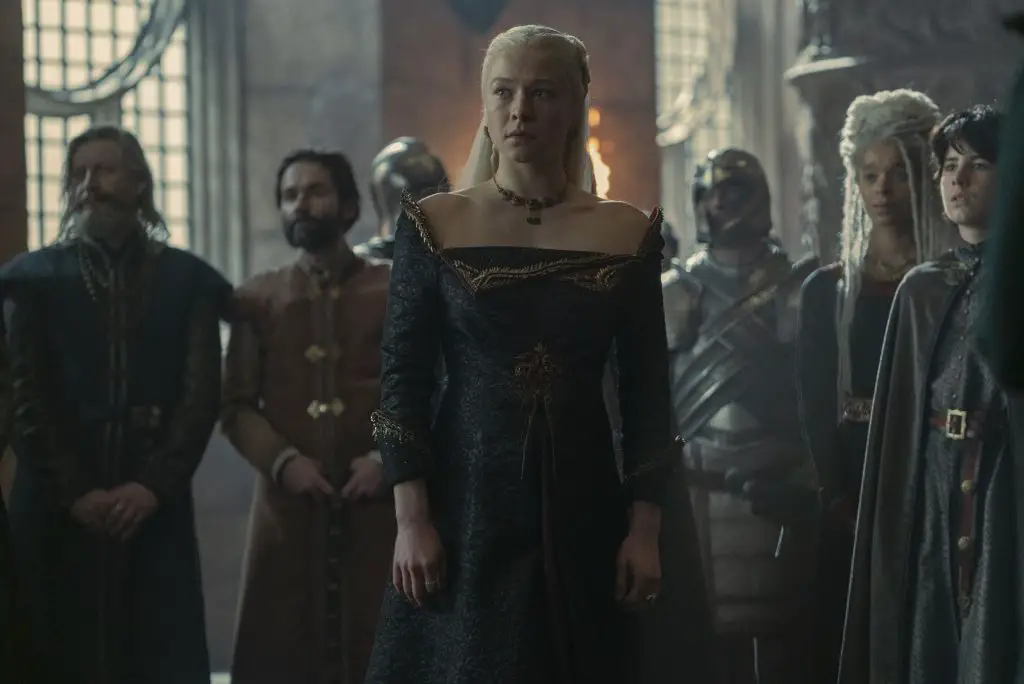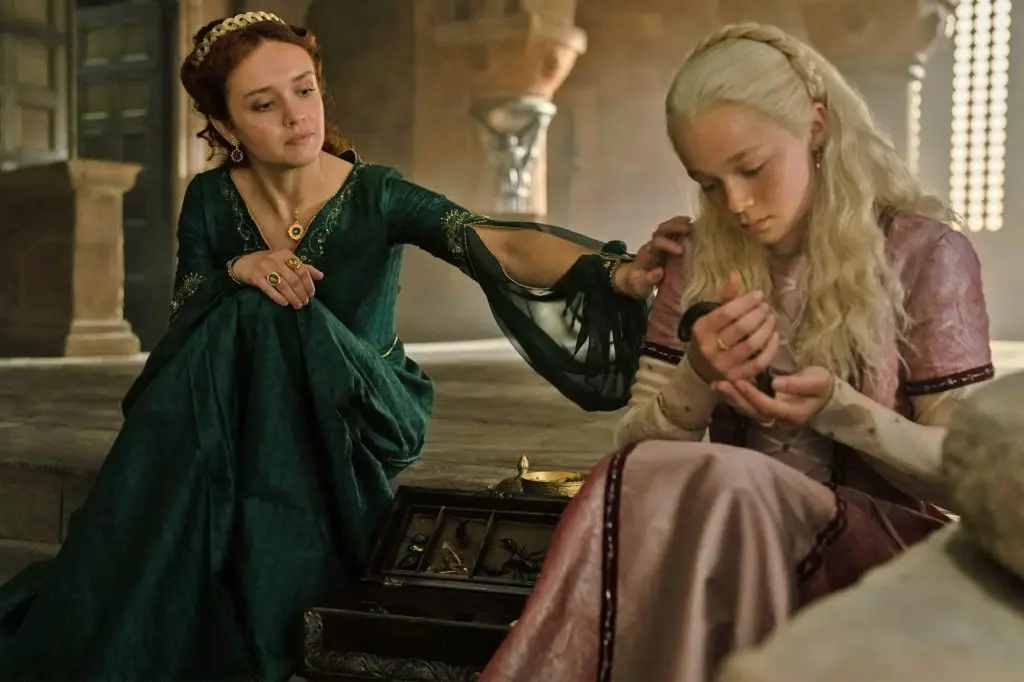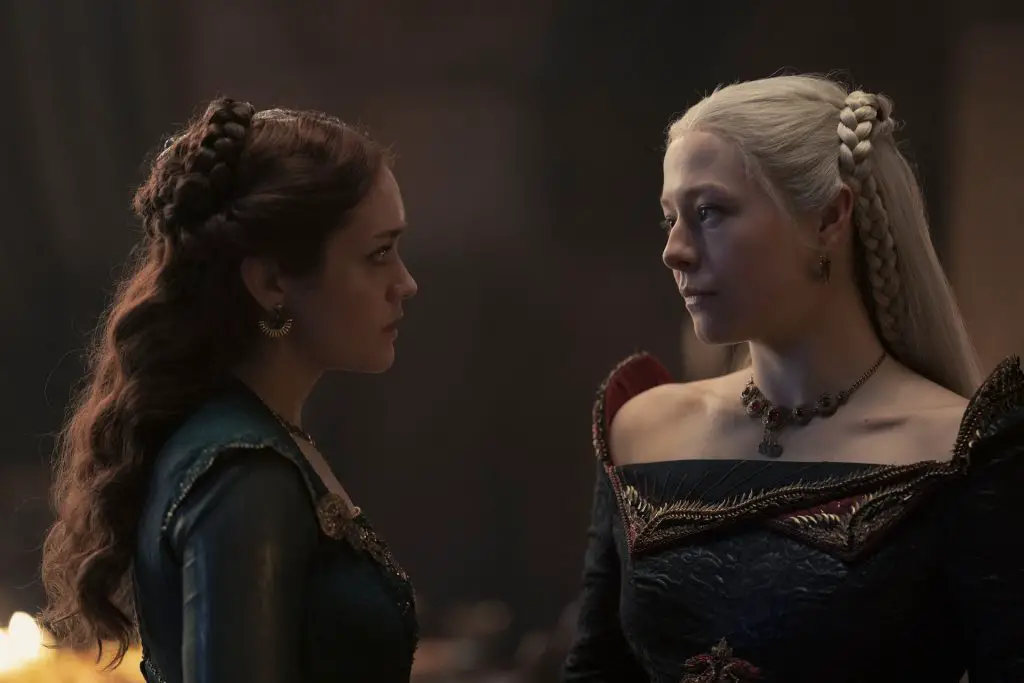The expansive world of HBO’s Game of Thrones, adapted from George R. R. Martin’s grand fantasy saga, presented a labyrinth of characters, each vital in their own right. While primary figures took center stage, secondary characters helped shape the essence of the story, often intertwining and hybridizing with others to further the plot. Case in point: the compositing of characters like Ros, Gendry, and Sansa Stark. While this approach was effective to some degree, it posed continuity challenges, especially as the narrative evolved.
Emergence of New Characters in “House of the Dragon”
In the shadow of Game of Thrones, HBO’s House of the Dragon seems poised to tread a similar path, teeming with significant supporting characters. While the maiden season closely followed Martin’s canon, fans anticipate a surge of characters in Season 2, especially with the Dance of the Dragons looming. Standing out among these anticipated characters are the Dragonseeds.
Unveiling the Dragonseeds

But who, exactly, were the Dragonseeds? As High Valyrians made their mark on Westeros, they brought their traditions, including the First Night rights. The Targaryens, in particular, held no qualms about this practice. Over time, the Dragonseeds emerged—bastards birthed from unions between the Targaryen or Velaryon nobility and the common folk.
For much of Targaryen history, these offsprings remained in the shadows. However, during the Dance of the Dragons, a civil war splintered the Targaryens into the Greens and the Blacks. Prince Jacaerys Velaryon recognized the Blacks’ pressing need for dragonriders. Believing the Dragonseeds could command dragons due to their lineage, he extended a grand offer: any who could tame a dragon would gain nobility and wealth.
This led to “The Sowing of the Seeds,” a tumultuous period marked by numerous failed attempts to tame dragons, often with deadly results. However, a select few—like Hugh Hammer, Ulf the White, Addam of Hull, and Nettles—successfully bound themselves to dragons, promising a shift in the balance of power.
The Critical Role of the Dragonseeds in the Upcoming Season
As we await the next season of House of the Dragon, one can’t help but speculate: would HBO consider combining Dragonseed characters? After all, they’re secondary, right?
But such a decision could derail the authenticity and depth of the narrative. Each Dragonseed had a unique persona and ambition. Their relationships, battles, and pivotal roles in Martin’s universe underscore their importance. Altering or merging these characters risks muddling the story, overshadowing crucial events, and diluting their intrinsic value.
Moreover, the very essence of the Dragonseeds—a bridge between the elite and the lowborn—touches upon deeper themes of class division, betrayal, and power dynamics, all crucial to the Dance of the Dragons.
Conclusion

House of the Dragon is poised on the precipice of a storytelling challenge. While budget constraints and production logistics might tempt the showrunners to make character adjustments, it’s crucial to honor the rich tapestry that George R. R. Martin has woven. The Dragonseeds aren’t just auxiliary characters; they are embodiments of power struggles, societal rifts, and the unpredictable dance of dragons and destinies. Cutting corners on their portrayal might save production costs, but it could cost the story its soul.


